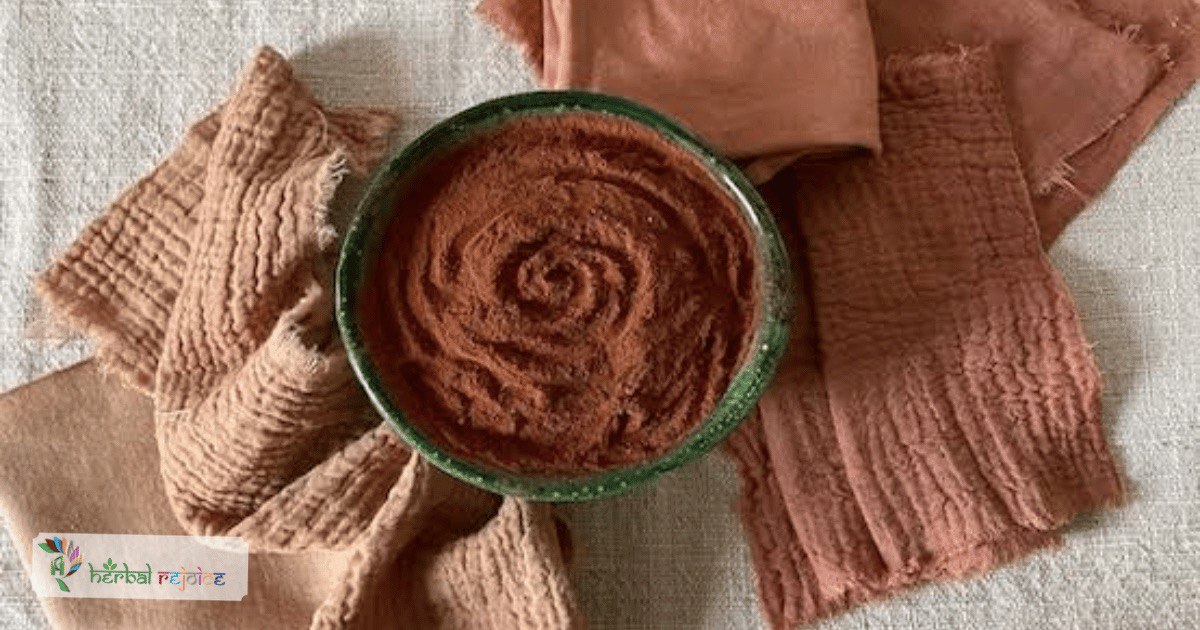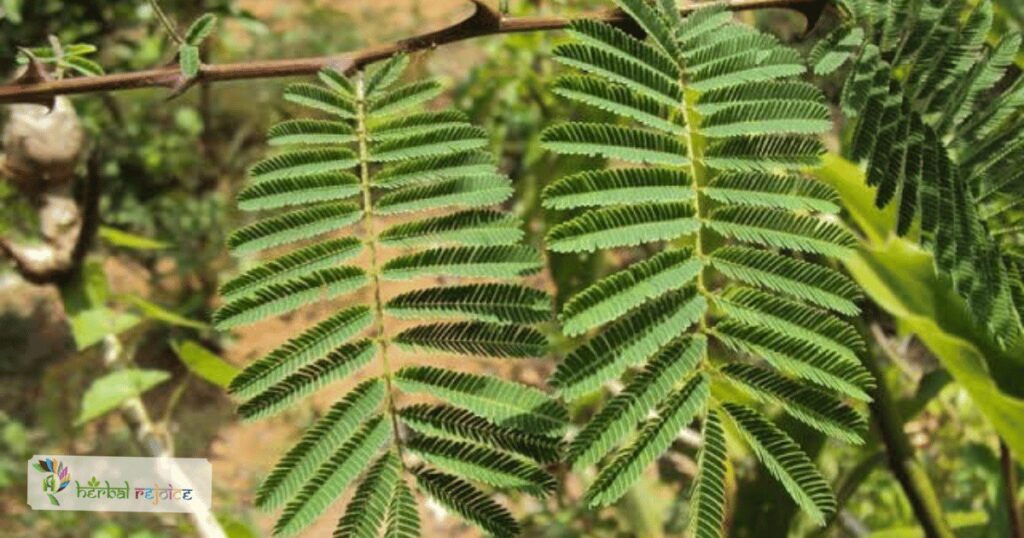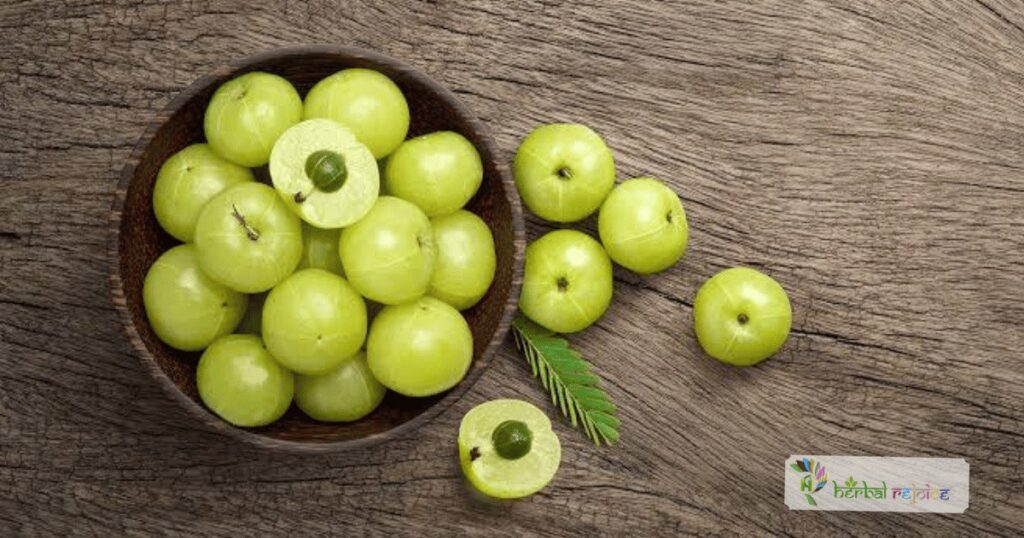Introduction:
Cutch Tree, scientifically known as Acacia catechu (Linn. f.) Willd., is a medicinal plant belonging to the Mimosaceae family. It is predominantly found in the drier regions of India, including Punjab, Madhya Pradesh, Uttar Pradesh, Bihar, Andhra Pradesh, Orissa, and Rajasthan. The wood of Cutch Tree is used treat urinary and vaginal discharge, diarrhea, excessive mucous discharges, hemorrhages, throat irritation, and irritable bowel.
Cutch Tree’s Names and Habitat:
Cutch Tree is known by the English names Cutch Tree and Catechu. In Ayurveda, it is called Khadira, Kadara, Somavalka, Gaayatri, Dantdhaavan, Kantaki, and Raktasaara (heartwood extract). In Unani medicine, it is referred to as Khair, Kaat, and Katthaa (heartwood extract).
The Siddha/Tamil names for Cutch Tree include Karunkaali (bark), Kalippakku, Kadiram, Katthakkaambu, and Kaasukkatti (heartwood extract).
This plant is commonly found in the drier regions of India, particularly in states like Punjab, Madhya Pradesh, Uttar Pradesh, Bihar, Andhra Pradesh, Orissa, and Rajasthan.
Medicinal Properties and Benefits of Cutch Tree
Cutch Tree possesses diverse medicinal properties derived from different parts of the plant.
1. Wood:
The wood of Cutch Tree is a powerful astringent, making it useful in treating urinary and vaginal discharge, diarrhea, excessive mucous discharges, hemorrhages, relaxed gum conditions, throat and mouth irritations, stomatitis, and irritable bowel. It is also employed as an antileprotic drug.
The Ayurvedic Pharmacopoeia of India recommends the use of dried pieces of heartwood for inflammations, skin diseases, urinary disorders, and as a blood purifier.
Cutch, which is a concentrated extract from the wood, contains tannins, catechin, phlobatannins (including catechutannic acid), flavonoids (quercetin, quercitrin, fisetin), gums, resins, and pigments. The gum from Cutch Tree is a suitable substitute for Gum Arabic.
2. Seeds:
The seed extract of Cutch Tree has shown hypoglycemic effects in normal albino rats but is not effective in diabetic rats.
The saline extract of seeds exhibits leuco-agglutinating activity against leukemic cells. It has been found to agglutinate white cells from patients with various types of leukemia. The root extract of Cutch Tree demonstrates antibacterial and fungicidal properties.

Chemical Composition and Therapeutic Applications of Cutch Tree
Cutch Tree possesses a complex chemical composition, which contributes to its medicinal properties.
Heartwood:
The heartwood of Cutch Tree contains cyanidanol, a hepatoprotective principle. The astringent and antibacterial properties of catechu are attributed to its high tannin content.
Pale catechu contains gambrine, which exhibits hypotensive effects. Fisetin found in black catechu and (+)-catechin present in black and pale catechu may protect against liver damage.
(+)-catechin is also believed to offer protection against experimentally induced ulcers in animals. Methylcatechin, a major metabolite of (+)-catechin, inhibits the binding of monocytes to vascular endothelial cells, potentially reducing the risk of atherosclerosis.
Dosage Of Cutch Wood
For decoction, it is recommended to use 2-5 grams of Cutch Tree heartwood.
Conclusion:
Cutch Tree (Acacia catechu) is a medicinal plant with diverse therapeutic applications. Its powerful astringent properties and various chemical constituents make it valuable in treating urinary and vaginal discharge, diarrhea, hemorrhages, gum and mouth issues, and skin diseases.
With its potential hepatoprotective, antibacterial, antifungal, hypoglycemic, and cardiovascular benefits, Cutch Tree offers a range of medicinal uses.
Frequently Asked Questions(FAQs)
What is the scientific name of Cutch Tree?
The scientific name of Cutch Tree is Acacia catechu (Linn. f.) Willd.
In which regions of India is Cutch Tree predominantly found?
Cutch Tree is commonly found in the drier regions of India, including Punjab, Madhya Pradesh, Uttar Pradesh, Bihar, Andhra Pradesh, Orissa, and Rajasthan.
What are the English names for Cutch Tree?
The English names for Cutch Tree are Cutch Tree and Catechu.
What are the Ayurvedic names for Cutch Tree?
In Ayurveda, Cutch Tree is called Khadira, Kadara, Somavalka, Gaayatri, Dantdhaavan, Kantaki, and Raktasaara (heartwood extract).
What are the Unani names for Cutch Tree?
In Unani medicine, Cutch Tree is referred to as Khair, Kaat, and Katthaa (heartwood extract).
What are the Siddha/Tamil names for Cutch Tree?
The Siddha/Tamil names for Cutch Tree include Karunkaali (bark), Kalippakku, Kadiram, Katthakkaambu, and Kaasukkatti (heartwood extract).
What medicinal properties does Cutch Tree possess?
Cutch Tree is a powerful astringent, making it useful in treating urinary and vaginal discharge, diarrhea, hemorrhages, gum conditions, throat and mouth irritations, stomatitis, and irritable bowel. It is also employed as an antileprotic drug.
What chemical compounds are found in Cutch Tree?
Cutch Tree contains tannins, catechin, phlobatannins, flavonoids, gums, resins, and pigments.
What are the therapeutic applications of Cutch Tree heartwood?
The heartwood of Cutch Tree is used for treating inflammations, skin diseases, urinary disorders, and as a blood purifier. It also serves as a suitable substitute for Gum Arabic.
Does Cutch Tree have any hypoglycemic effects?
The seed extract of Cutch Tree has shown hypoglycemic effects in normal albino rats but is not effective in diabetic rats.
What antibacterial and fungicidal properties does Cutch Tree root extract possess?
The root extract of Cutch Tree demonstrates antibacterial and fungicidal properties.
How much Cutch Tree heartwood should be used for decoction?
It is recommended to use 2-5 grams of Cutch Tree heartwood for decoction.
Can Cutch Tree be used to treat skin diseases?
Yes, Cutch Tree’s heartwood has been traditionally used to treat skin diseases due to its anti-inflammatory and astringent properties. However, individual results may vary.
Can Cutch Tree be used for gastrointestinal disorders?
Yes, Cutch Tree’s astringent properties make it useful in treating diarrhea, irritable bowel, and excessive mucous discharges.
Does Cutch Tree have any cardiovascular benefits?
Some compounds found in Cutch Tree, such as (+)-catechin and methylcatechin, have shown potential cardiovascular benefits, including protection against liver damage and reducing the risk of atherosclerosis.
Is Cutch Tree recommended for pregnant women and breastfeeding mothers?
It is advisable for pregnant women and breastfeeding mothers to avoid using Cutch Tree or any other herbal remedies without consulting a healthcare professional. Safety during pregnancy and lactation has not been established.
Can Cutch Tree be used as an antifungal agent?
The root extract of Cutch Tree possesses antibacterial and fungicidal properties, suggesting its potential as an antifungal agent.
Can Cutch Tree be used for mouth and gum conditions?
Yes, Cutch Tree’s astringent properties make it useful in treating mouth and gum irritations, stomatitis, and relaxed gum conditions. It is traditionally used for these purposes in various medical traditions.


